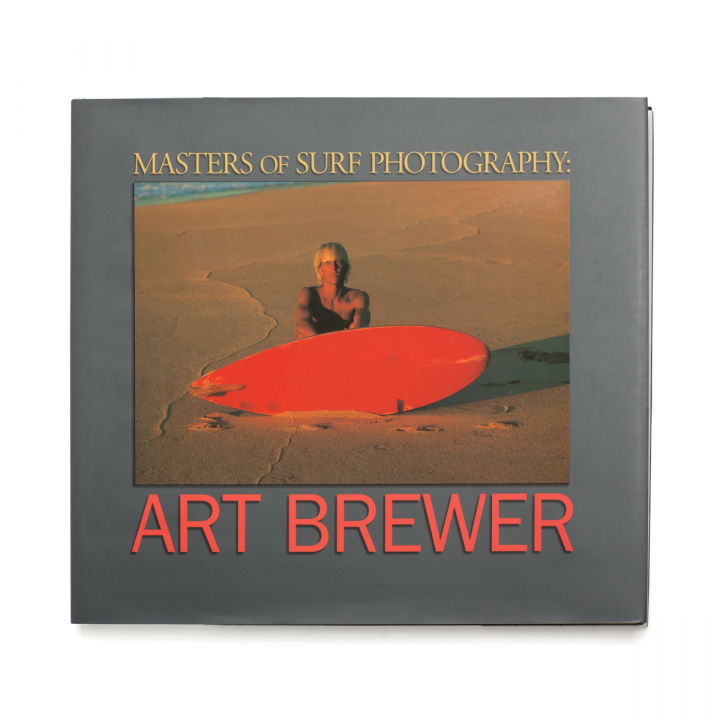Ideas for my Photobook
Narrative: What is your story?
Describe in:
- 3 words– Anthropocene throughout time
- A sentence– A photographic journey throughout the island which illustrates Anthropocene through time
- A paragraph-My book will illustrate the human effects that have changed our environment. I will use images that I have taken from multiple different locations, this is to reflect the fact that Anthropocene is present everywhere in our island life. Overall, I hope that my book is an aesthetic reflection of my photography A level.
The story of my photobook will focus on how Jersey has experienced Anthropocene and how the island’s environment and climate will be ever-changing. The layout of the book will illustrate the changes the environment has gone through, as there will be images of natural and unnatural landscapes, and I plan to put edited mages of these two concepts together into my final photobook. The end of the book will contain my essay along with Robert Adams’, Lewis Baltz’s and Richard Misrach’s images, this relates to the information I will be analysing and referencing throughout my work.


Design: Consider the following
- How you want your book to look and feel
- Paper and ink
- Format, size and orientation
- Binding and cover
- Title
- Structure and architecture
- Design and layout
- Editing and sequencing
- Images and text
I would like the front of my photobook to be a hardcover book which is a medium size, the cover of book will be a smooth wrapped image, with the will spread around both the front and back of the book. My aim is to make the front of the book as aesthetically pleasing as possible as the smooth textures will contrast will the heavily textured and busy photograph which I will place along the front. The majority of my book will contain black ink with some coloured and some monochromatic images, this is in an attempt to make the book more aesthetically pleasing as it will be filled with contrast and editing.



Furthermore, I would like some pages of my book to contain small areas of black writing (with the white writing in the background). The purpose of this will be to show where an image was taken and when, and to give information on how much Jersey’s production of unsustainable substances such as oil has increased since the 1970’s onwards. As this was the decade where Lewis Baltz was first part of the Topographic, and this helps me relate my photobook to his work.


I would like to structure my photobook using a variety of photographs and blanks space to create flow throughout my work. There will some very busy spaces and then some completely blank pages to even out the layout of the book. The pages will also flow well as I will place heavily edited images next to natural/ unedited images, this will allow for my photobook to show off some Photoshop and Lightroom editing skills, right alongside camera skills and demonstrating that I understand the settings and functions of the camera.
Mood Board
I have created this mood board in order to visually demonstrate some photobooks that I find inspiring and some I would like to take aspects from. This is important as it helps me demonstrate where I have got some of my first ideas from and shows the multiple different types of photobooks that I would like and recreate. At the moment my ideas are quite plain so creating this mood board has helped me consider in more detail and with more creatively how I would like my final photobook layout to look like visually.







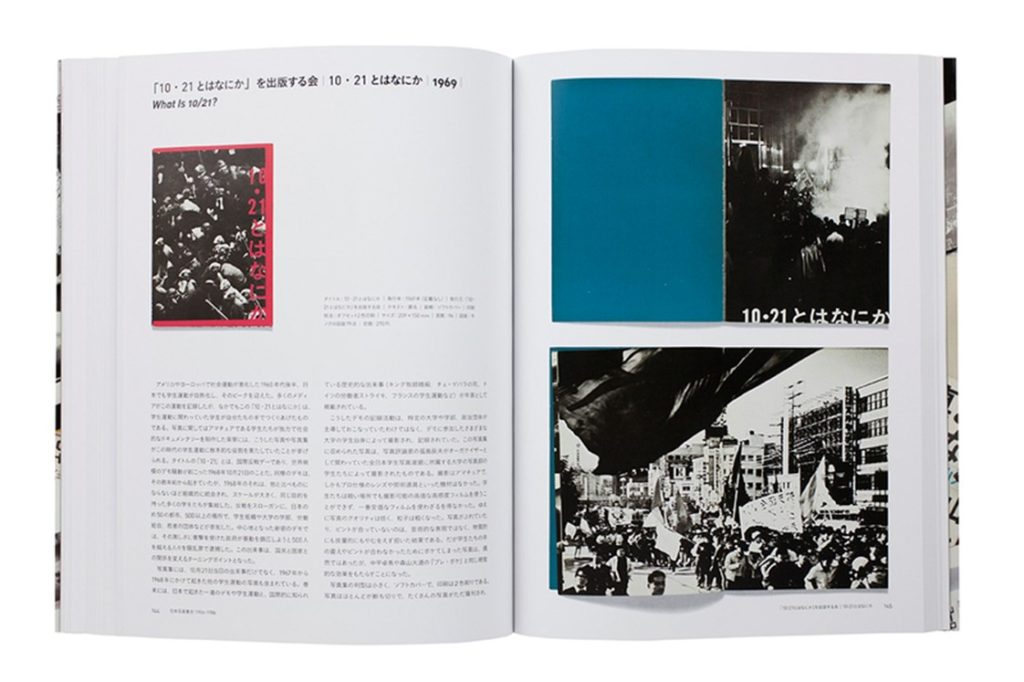

My main focus when creating my photobook is to showcase my most successful photographs, and I hope that I will be able to create balance throughout my book taking inspirations from some of the layouts in this mood board. For example, I really like the bottom right as the high levels of contrast throughout this image means that the viewers attention is draw to the book and they will want to look at the rest of this photobook. Furthermore, I think that having more than one image on one side creates a very aesthetically pleasing look, and especially along with a black space/ page next to it.
Creating my first layout
To create my draft layout I used a website called Blurb which first allows you to look at others photobooks before you sign up, this was helpful as it meant that I could create some more ideas before creating my first draft layout. Additionally, this website provides details regarding the pricing of different quality, size and paper which could be used when considering the overall look and feel of the book.
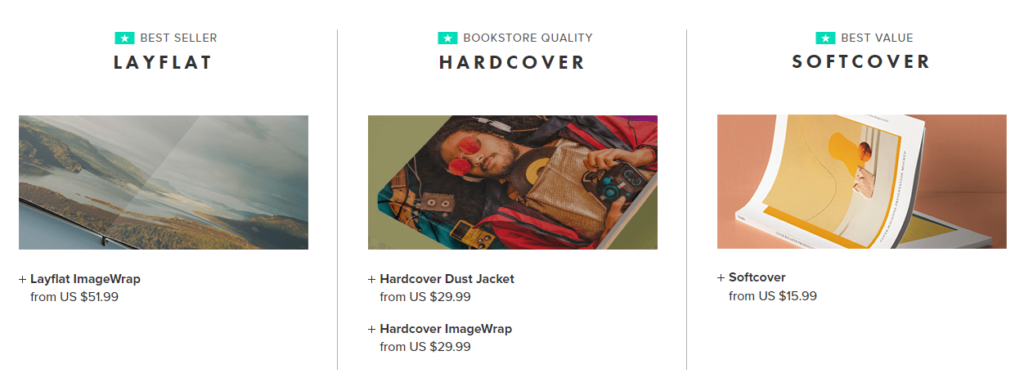
Before creating my first draft layout of my photobook I have created a collection in Lightroom which illustrates all my best images and the ones I would like to include in my final personally study. Despite these images being from many different photoshoots, I think that I will be able to link them together very well, like one of my inspirational artists, Richard Misrach. I would hope that the book is split so that I can reflect that I have been inspired by both Lewis Baltz and Misrach, as the images I have used in my first draft of my photobook reflect Misrach and focus on his work more closely. Whereas my second section will be more inspired by Lewis Baltz and Robert Adams.

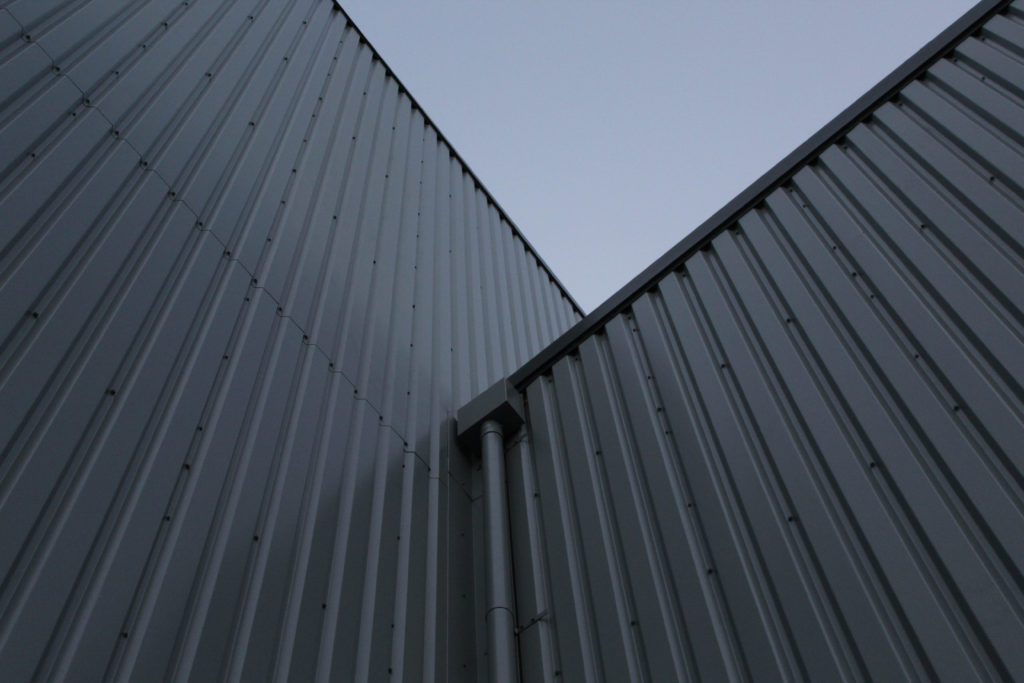

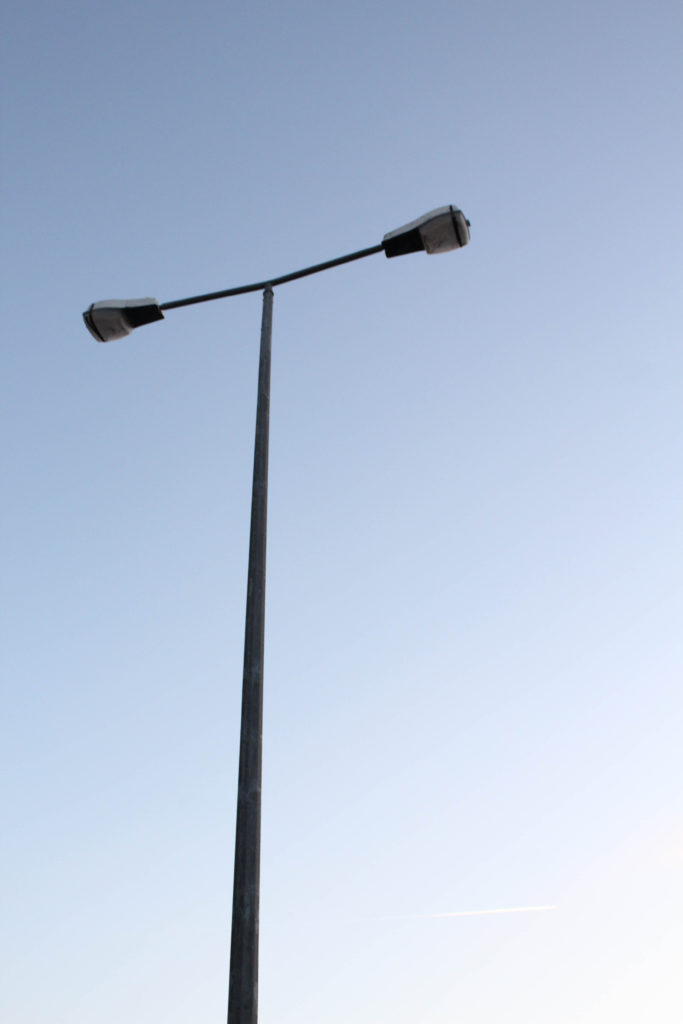
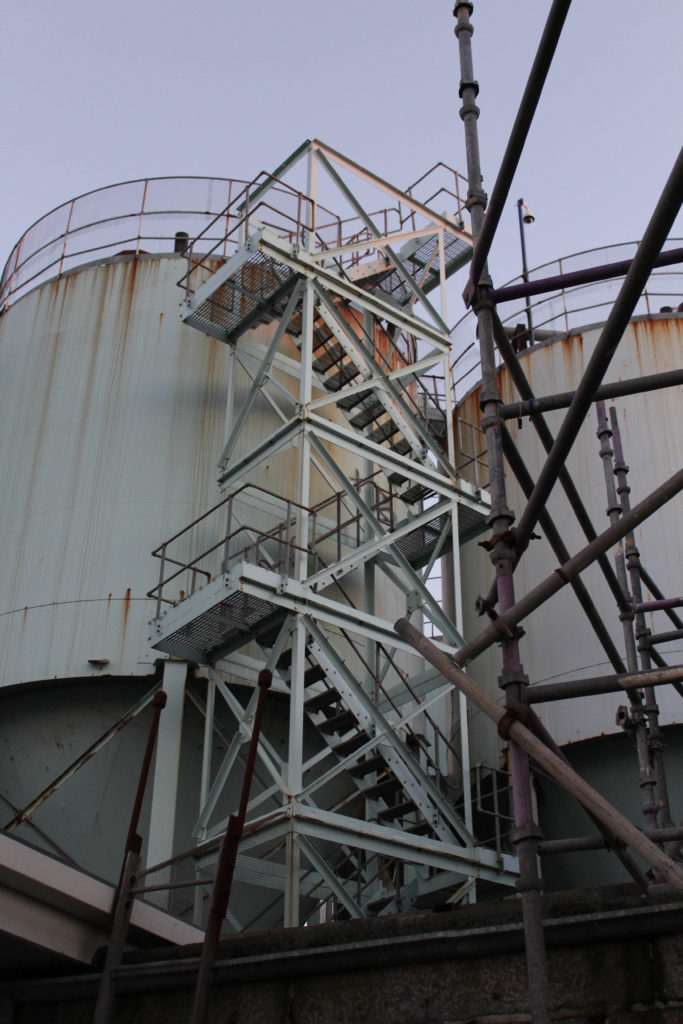


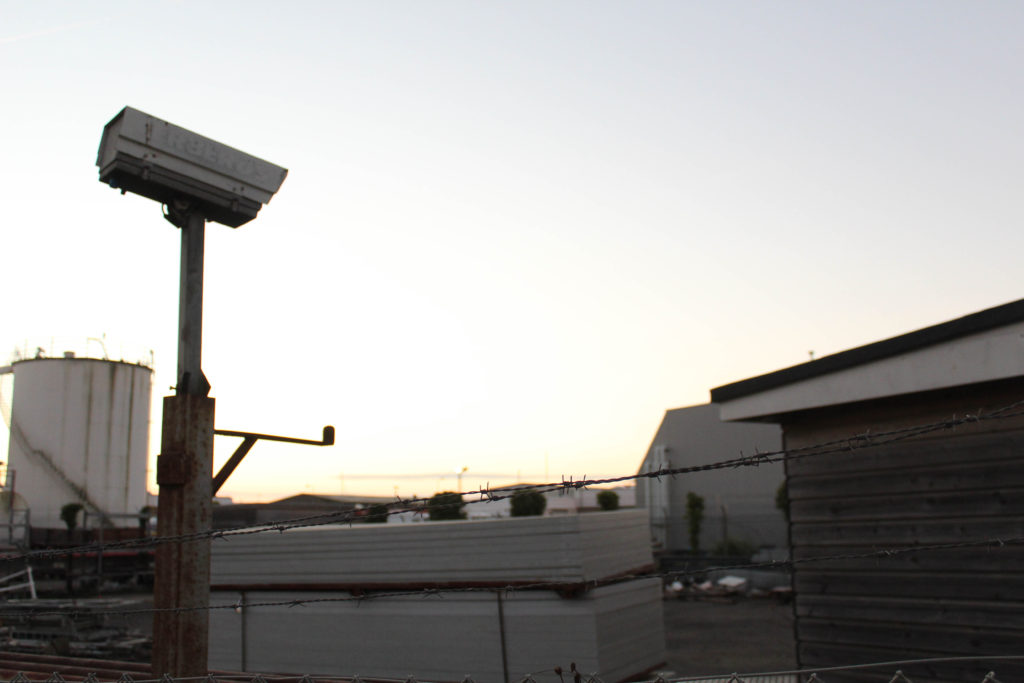

Below I have created my first experimentation of my photobook, the main purpose of this was to get used to using Lightroom as a method of creating my book, as Blurb is only used to print and buy the books. Lightroom is an easy and effective way to create a photobook, it is helpful as you can move the images around and see how the final product and layout will appear when it is printed.
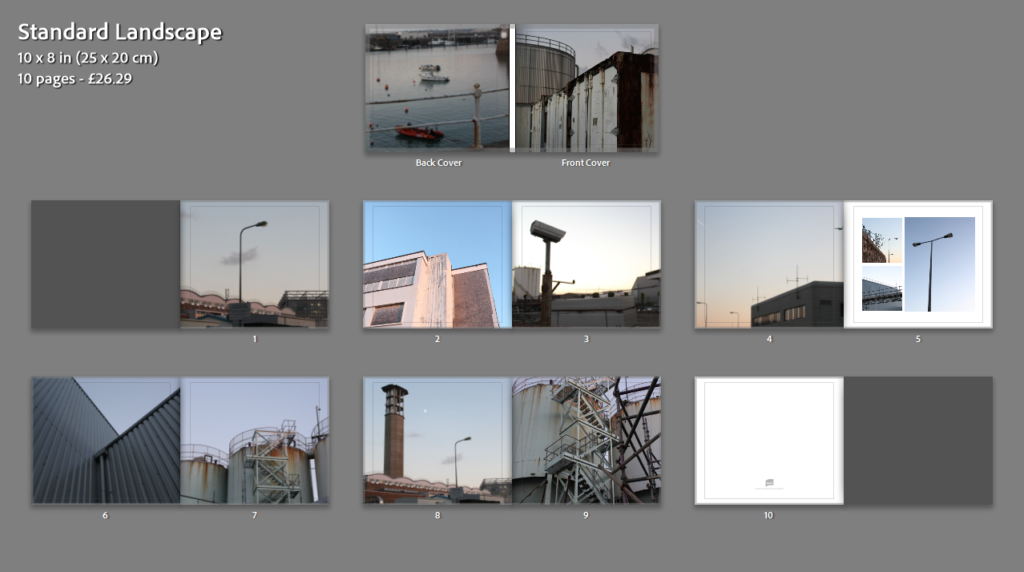
During the exam I will be creating my book using Lightroom as well, along with doing this you can put two-six images on any page of work, and add blank pages and small text around and next to the images. I think that this will make my book more aesthetic and successful. I like that the book can be previewed and the arrangement can be changed as frequently as needed.



